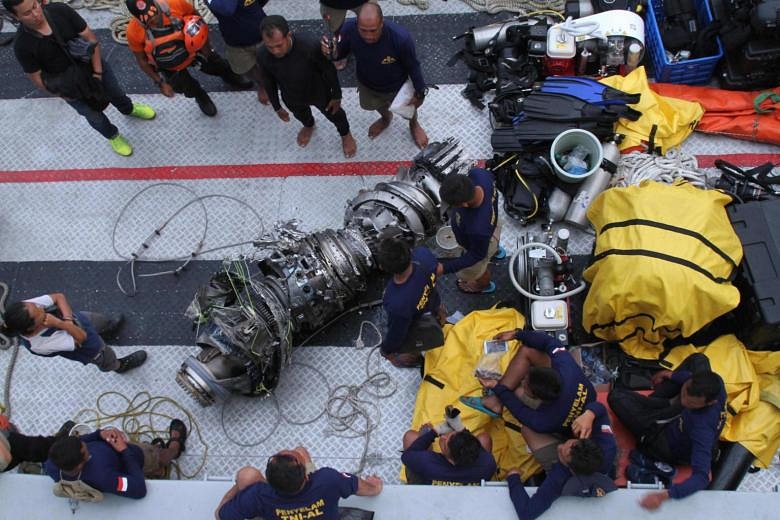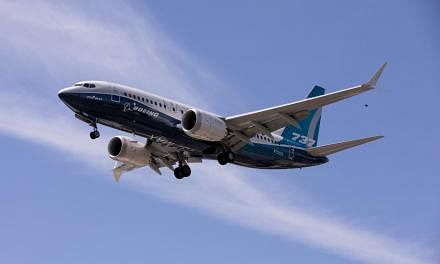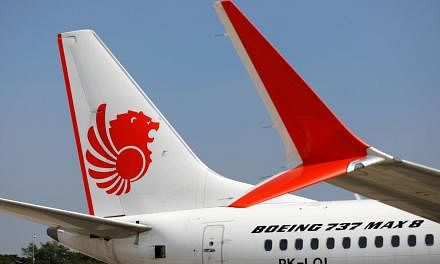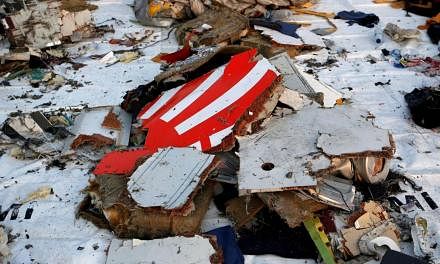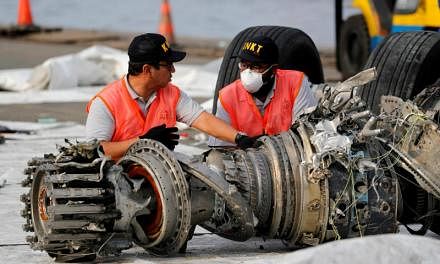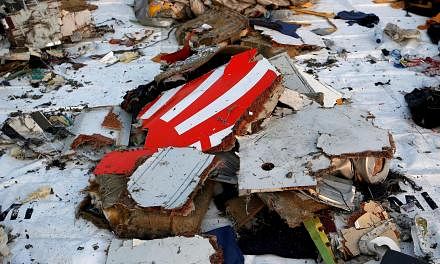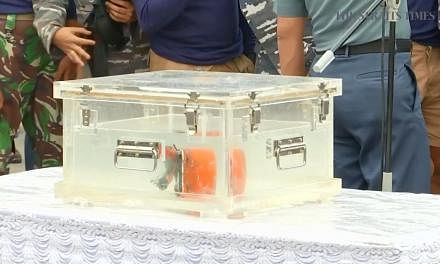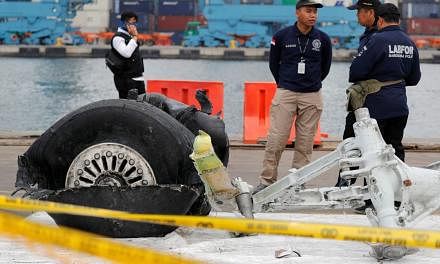The investigation into the fatal crash of a Boeing jet from Asia's second-largest budget airline has turned the spotlight on the ballooning growth of low-cost carriers (LCCs) in the region and the training, staff and facilities needed to support them.
Rising wealth is adding a million new Asian fliers a year, spurring entrepreneurs, full-service airlines and regional governments to try their hand in an industry notorious for price wars and outside forces that have doomed dozens of ventures.
Vietnam's Bamboo Airways is the latest to join the market with its first flight due this month, feeding holidaymakers to the resorts of owner and property billionaire Trinh Van Quyet.
AirAsia Group will follow with a joint venture in the same country in August. Japan Airlines aims to get a medium-and long-haul budget unit up and running by 2020, while in South Korea, at least four new aspirants have applied for permits.
New, longer-range and fuel-efficient planes are encouraging more routes. But the loss of Lion Air Flight 610 last month in Indonesia, and a preliminary accident report that criticised the carrier's safety and maintenance regimes without identifying the cause of the crash, has highlighted some of the factors that make the commercial operation of no-frills airlines so precarious.
Potential growth in Asia is huge. LCCs accounted for close to 55 per cent of all seats within South-east Asia so far this year and more than 60 per cent in South Asia.
Yet some of the biggest markets in the region are just getting going. China got its first no-frills airline - Spring Airlines - in 2005, and Japan and South Korea are also now embracing the trend.
Here are five key factors Asia's LCCs must navigate to succeed in luring Asia's growing army of fliers.
MONEY
With the list price of a new 737 MAX starting at around US$100 million (S$138 million), strong financing and deep pockets are a must for setting up an airline. Most budget carriers are either backed by the fortune of an existing business, such as Mr Quyet's property empire, or are affiliates of a full-service carrier, like Singapore Airlines' Scoot.
But buying or leasing planes is only the start. Budget carriers compete by meticulous attention to trimming costs, using computer algorithms to maximise the number of passengers and seat revenue while dispensing with all but the most basic free amenities. Get the calculation wrong and an LCC's slender margins can vanish rapidly.
FUEL
The biggest cost of all is fuel and LCCs have been suffering. For the airline industry as a whole, fuel will probably account for about 24 per cent of costs this year, according to the International Air Transport Association, but for budget airlines the proportion is often much higher.
Airlines have had some respite recently as the price of benchmark Brent crude oil tumbled 25 per cent in the past two months, bringing the level back to where it was a year ago. That may not be enough to prevent more players from failing after two European operators went to the wall this summer.
For carriers pursuing the expanding business of long-haul budget flights, the fuel equation is even more critical. "On long haul there are fewer possibilities for LCCs to reduce costs," said Ms Joanna Lu, head of Consultancy Asia for FlightGlobal.
"Passengers expect a bit more in terms of comfort on longer flights and the full-service carriers benefit from having high-yielding premium traffic to achieve profitability and, crucially, to offer competitive fares in economy class."
One entrant into the transcontinental budget arena, Norwegian Air, will end its London-Singapore service next month, starting instead a route from the British capital to Brazil's Rio de Janeiro.
STAFF
More airlines means more demand for pilots and cabin crew, but there is already a global shortage of trained pilots and the boom in demand in Asia is making the situation worse.
Even with an increase in the number of schools training pilots in countries such as Indonesia and the Philippines, it takes years for a student to qualify as a co-pilot on a commercial airliner, and years more before they have enough experience to take command.
Demand for new pilots worldwide is expected to be over 630,000 by 2036, with the Asia-Pacific region alone requiring more than a quarter of a million, according to Boeing.
AIRPORTS
A key constraint on Asia's aviation growth is the availability of airport facilities, not just landing slots, but quality maintenance, security and air traffic control.
China has been adding new civil airports at the rate of about 10 a year for the past decade, according to the nation's Civil Aviation Authority, and most major hubs in the region have either been rebuilt or have added terminals to cope with a surge in traffic. Yet most are barely keeping up with demand.
Worse still, many airports in the region, especially those in second-tier cities often favoured by budget carriers, don't have the body and luggage scanners, maintenance facilities or modern air traffic control systems that meet the security and safety requirements for large-scale traffic.
"The biggest challenge that LCCs face in Asia is the lack of suitable airports," said Mr Jeffrey Lowe, managing director of Hong Kong-based Asian Sky Group.
"In Asia these small to medium-sized airports don't exist yet, so you are stuck using the existing big, expensive international gateway airports, which are already at capacity in most cases."
GOVERNMENTS
One area where Asian airlines face bigger hurdles than their European counterparts is in the region's fragmented regulations and restrictions.
The European Union's open skies policies allow carriers more freedom to locate, merge and fly throughout the bloc, while in most of Asia, national interests and subsidised government-owned flag carriers make for a less even playing field.
In India, where low-cost Indigo has almost half the total market share and budget carriers compete fiercely for the growing ranks of Indians who are taking to the skies, crippling taxes, government restrictions and devastating price wars have taken their toll.
Since 2007, at least a dozen airlines have vanished or merged, including LCCs such as Kingfisher Airlines and Sahara Airlines.
A continual push by Asean nations to open the region's skies, together with a cornucopia of holiday destinations, has made the group of 10 countries a hotbed for budget airlines. Since Malaysia-based AirAsia Group was turned into a low-cost carrier in 2002, it has become Asia's biggest by passengers flown, and South-east Asia now has more than 10 major no-frills airlines, taking about half of the market share.
South-east Asian LCCs have a staggering 1,400 aircraft on order, compared with fewer than 400 for full-service carriers, according to Capa Centre for Aviation. In South Asia, the budget order book is more than 700 aircraft.
